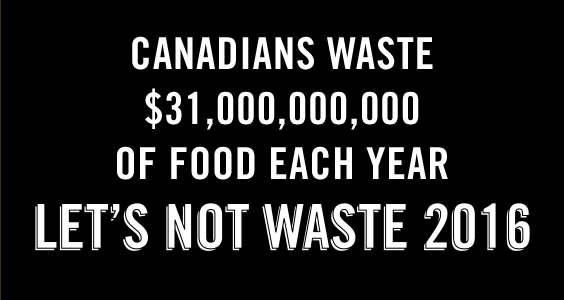Favourite Gluten-Free Items Available at Spud May National Celiac Awareness Month, but every day Spud…
Yes, prices are rising, but we have solutions for you to save money!
Grocery stores nationwide are feeling the rise of produce and grocery prices, and at Spud, we are not immune to these increases. Due to the decline in the Canadian Dollar and the drought in California, products from the United States have seen price increases in Canada, and unfortunately, this pattern is not in the forecast to reverse anytime soon. Three ways you can reduce your costs of shopping, and help decrease your carbon footprint are to lower your household food waste, shop local and seasonal, and spend less on unwanted calories.
If you are a Canadian resident you will most likely be noticing a hike in your grocery bill in 2016. In the past year “fresh vegetable prices rose 11.5 per cent across Canada” (Johnson, CBC). This increase is due to both the California drought, and the weak Canadian dollar. Climate change has affected the prosperity of crops in California, therefore, we have less access to bountiful crops. Lisa Johnson, a food reporter for CBC noted on Oct. 29th, 2015, that the continuous four years of a drought in CA has affected the supply of fresh vegetables that Canadian importers have relied on historically.
The California drought is not the only factor affecting our prices: the low Canadian dollar is a primary cause. Food products, mainly produce, are incredibly vulnerable to currency fluctuations, so as the Canadian dollar goes down, prices will continue to go up. The inflationary impact of pricing pressures from grocery stores is inevitable at this point.
There are several ways to avoid falling victim to these price increases. The most impactful way to decrease your grocery bill is to decrease your food waste. Provision Coalition, created to monitor the sustainability of the food industry, used Statistics Canada data to estimate the average Canadian household wastes about $1,500 worth of food a year. The severity of food waste by North Americans is getting much press recently as more reports are done to show the horrific amounts of food we waste and the environmental impacts of that waste. The report showed that food waste is estimated to be more costly than food inflation.
If you are looking to reduce household food costs, look first to reducing your food waste. Prioritize eating the food most ripe, or closest to the best before date. Be weary of best before dates, as they are just guides and not an absolute date. Use your leftovers- especially if you have leftover seafood or meats make soups. If your kale or spinach is soft, freeze or put in a smoothie. Freeze bread and dairy if you know you won’t use quickly. Throwing away uneaten food is like tossing money in the trash (hopefully the compost).
Another way to save money when grocery shopping is to look for local and seasonal. Meatless alternatives such as pulses (ie. lentils, chickpeas, and beans) are cheaper and grown on Canadian soil. The UN’s Food and Agriculture Organization declared 2016 an important year for lentils and chickpeas. This is good news for Canadians as they are cheap, healthy, and loaded with protein. Looking to what our local markets have to offer is an easy way to avoid the impact of the low Canadian- U.S. exchange rate.
The third way to reduce your food expenditures is to stop buying so many unplanned treats. If you want to have a treat after dinner or during the day, buy ice cream and fruit ahead of time, or buy a large bag of chips and portion it.
Although prices inevitably must go up due to the Canadian dollar going down and the California drought, there are many ways to reduce waste, improve health and control your cost of groceries.






